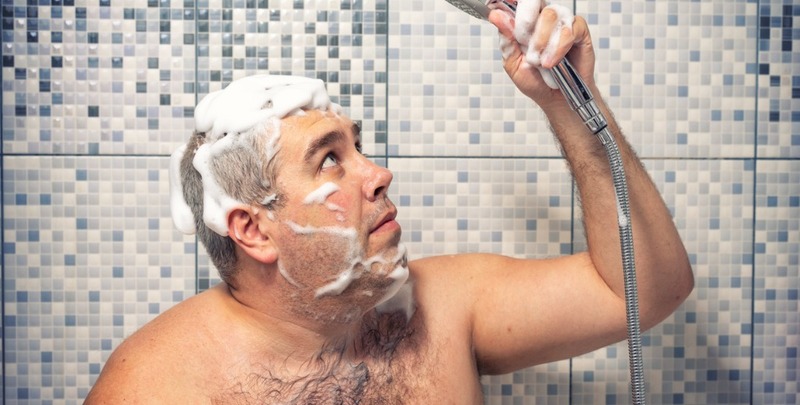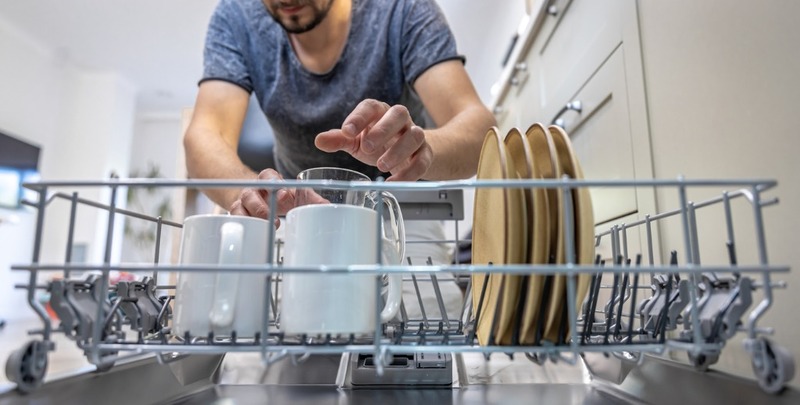What is the Best Water Pressure for a Home?

Is your shower a lukewarm trickle in the morning when you’re wanting a steaming hot torrent? Or is your kitchen tap spluttering and spraying you when you’re trying to fill the sink to do the dishes?
Water pressure that is either too low or too high can be a sign of deeper problems in your plumbing system. It might be something that is easily adjusted, or evidence of something more serious. Here are some ways to diagnose your water pressure situation.
How To Test Your Water Pressure
Residential water pressure is generally between 40 and 60 psi (pounds per square inch), which equates to roughly 275 and 415 kPa (kilopascals), respectively. Most plumbing professionals recommend something around 50 psi/350 kPa.
Additionally, the national plumbing standard AS/NZD 3500.1 requires that a pressure limiting valve is installed on new water connections where the pressure is greater than 72 psi/500 kPa.
In terms of your water pressure, the size of a property has an impact. Larger properties need higher incoming pressure than smaller homes, as water slows down each time it comes to a bend in the pipes. Experts say incoming water pressure should never exceed 75-80 psi.
So, to test water pressure, you’ll need a water pressure gauge. Then find the first tap or outlet along the incoming water line. This should have the highest pressure, and is the best indicator of any problems.
Make sure no water is being used in the house. Perhaps even shut off individual valves for taps, shower heads or toilets if they are being excluded from the test. Also close the main shut-off valve. Attach the water pressure gauge to the outlet you’re testing and turn the tap on full to get a reading of the pressure.
You may also choose to test other outlets with the water pressure gauge using the same method in order to isolate the problem.
What is Causing My Low Water Pressure?
Low water pressure might be one of the most annoying and time-consuming problems in the home, whether you’re trying to shower, water plants outdoors, fill a bathtub, flush a toilet or wash the dishes. So what are the main causes of low water pressure? It could be any number of factors affecting your water flow, but here are a few.
Leaking Pipes
A leaking pipe can be the cause of low pressure, but leaks are not easy to find. The best way to test is to take a reading from your water meter, shut off all taps in the house, leave it for a few hours and then read the water meter again. If it has changed, you’ve got a leak.
Clogged Pipes
You might have clogged pipes leading to low pressure which can be caused by any number of faults. These blockages are hard to detect without professional intervention.
Water Meter Valve
Check your water meter valve, which can get turned away from the “on” position. Even a slight turn can cause low or no water pressure in the house.
Mineral Deposits
If you’re in an older home with galvanised pipes, you might have a mineral build-up that has caused a blockage which is restricting water flow.
Busy Time of Day
It might be a peak time at home when two showers and other outlets are all being used at once. You might have to wait for a few minutes.
Faulty Pressure Regulator
Pressure regulators on water pipes are usually set for 45 to 60 psi but can wear out after doing the job for decades.

Should I Worry About High Water Pressure?
You’re less likely to complain about – or even notice – high water pressure, but there can be serious repercussions if it’s not adjusted. You might be enjoying that high-pressure shower in the morning, but it may be causing damage to your plumbing system, fixtures and appliances and will have an impact on water bills.
There are a number of reasons for high water pressure, including being in a low location, temperature changes, high supply pressure (if you’re near tall buildings and hills) or a faulty water pressure regulator. Here are just some of the symptoms of being hit by high water pressure.
Banging Pipes
This is also known as water hammer. It occurs when water flow is suddenly interrupted, causing shockwaves within the pipe. The shock can lead to pipes moving and banging together.
Wasted Water
When you’ve got excessively high water pressure it’s easy to use way more water than you intended to – particularly in the shower – which is going to show up on your water bill. You might also find your hot water doesn’t last long.
Water Leaks
High water pressure may cause pipes, fittings and valves to leak or burst due to pressure, or a combination of pressure and water hammer.
Pressure on Outlets
Taps and shower heads may splutter or spray forcefully from aerators.
Short Appliance Life
Appliances such as your washing machine, water heater and dishwasher may have a shorter lifespan due to high water pressure.
Get the Pressure Right
Your plumbing system is going to work most efficiently if the pressure is in the ideal range of 45 to 50 psi/310 to 350 kPa. As per national guidelines, it must be below 72 psi/500 kPa, and a pressure limiting valve needs to be installed.
We rely on correct water pressure every day, from showers and baths, to watering the garden and washing the dishes, so it’s important to keep the water flowing smoothly and not damage your plumbing system. You can do a water pressure reading and track down faults yourself, but don’t hesitate to call for a licensed plumber if you suspect there’s something wrong.
Please note: This information is provided for advice purposes only. Regulations differ from state to state, so please consult your local authorities or an industry professional before proceeding with any work. See our Terms & Conditions here.